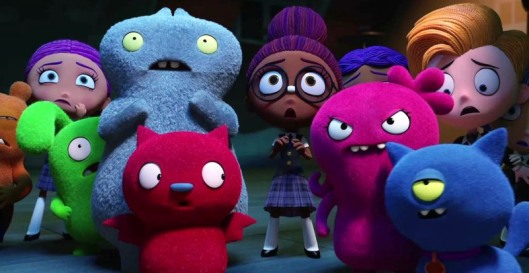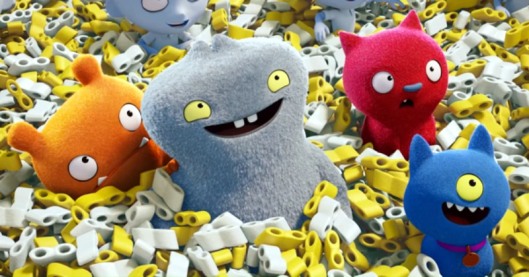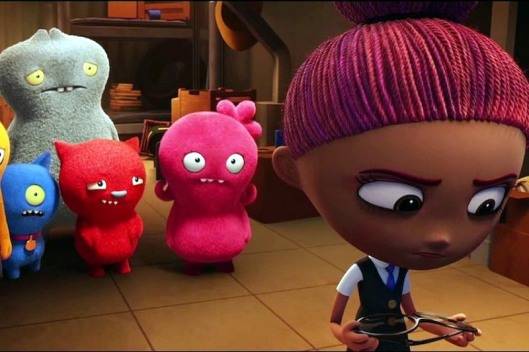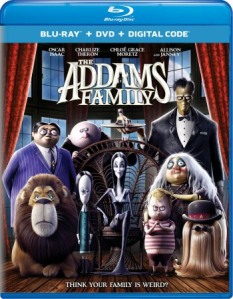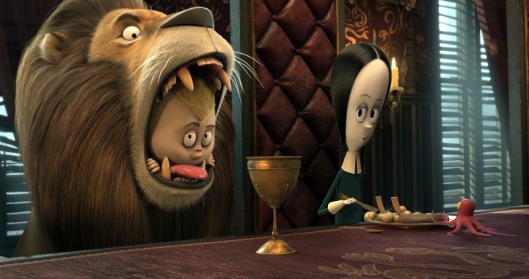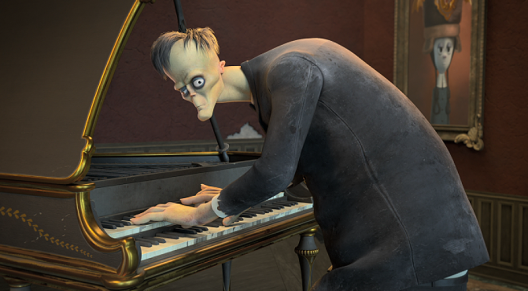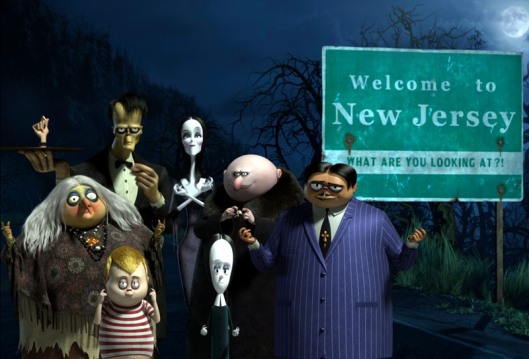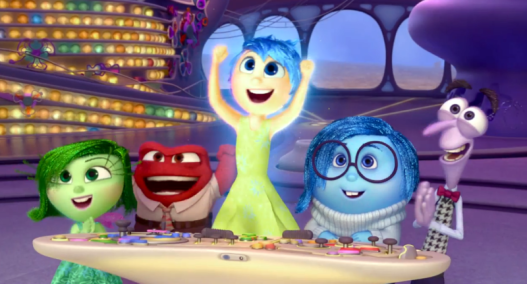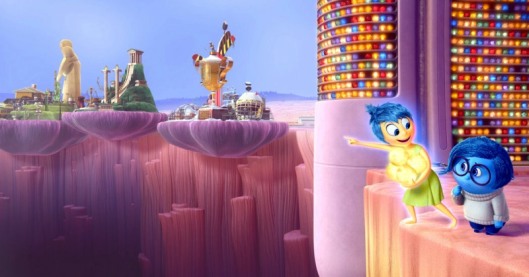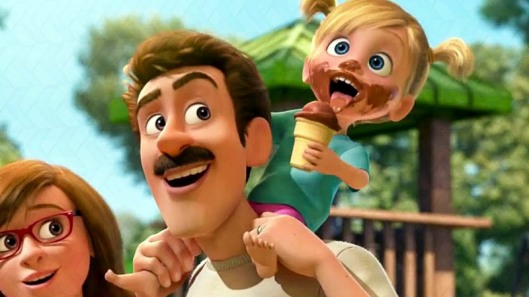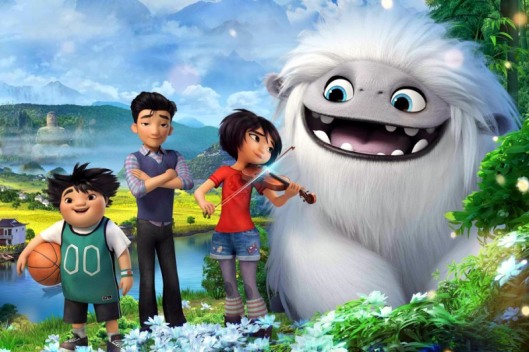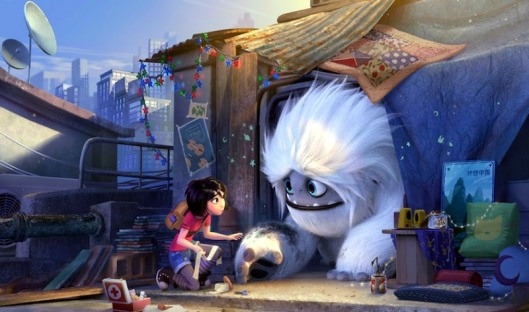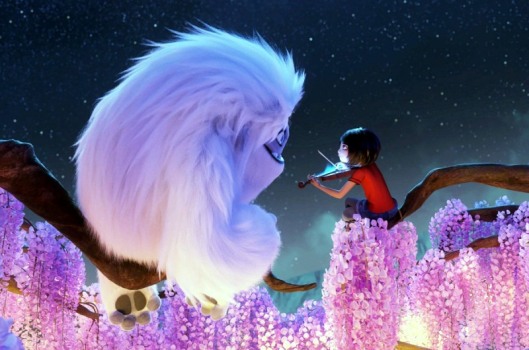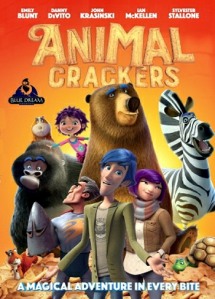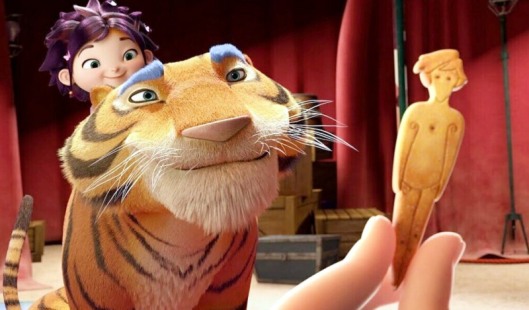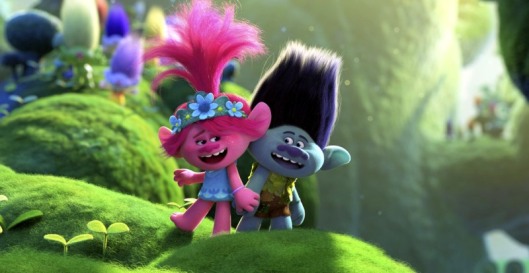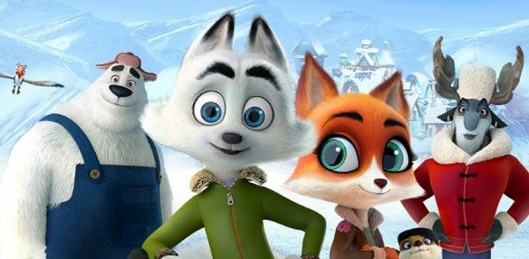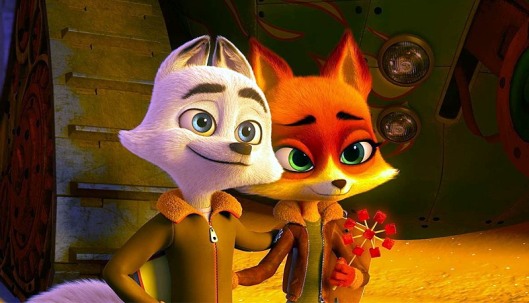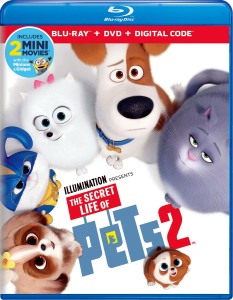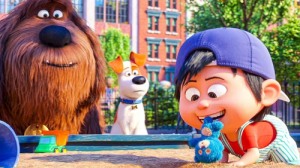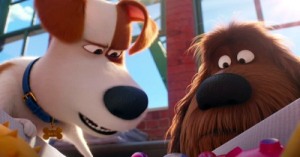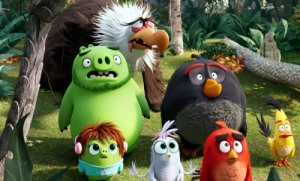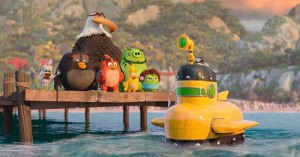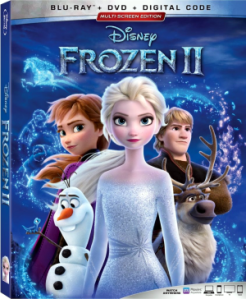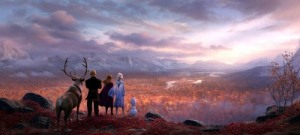Tags
2019, Blu, critique, dolls, dvd, film, movie, professional, review, story, streaming, toy, ugly, UglyDolls
Just Another Toy Story Story About Toys
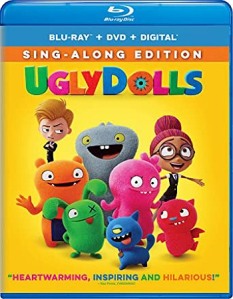 If, like me, you were blissfully unaware, UglyDolls is apparently an immensely popular line of plush toys from Hasbro that’s been out since shortly after Y2K. If you’re too young for the letters Y2K to hold any significance, you’re surely a part of the age group that knows all about the toyline upon which this film is based so I’ll waste no more time elaborating on such things. However, what this does mean for readers of all ages is that this is a licensed property turned animated project placing it more in line with Playmobil The Movie and the seemingly endlessly growing franchise that is The Lego Movies than its apparently two biggest inspirations: Toy Story and Trolls.
If, like me, you were blissfully unaware, UglyDolls is apparently an immensely popular line of plush toys from Hasbro that’s been out since shortly after Y2K. If you’re too young for the letters Y2K to hold any significance, you’re surely a part of the age group that knows all about the toyline upon which this film is based so I’ll waste no more time elaborating on such things. However, what this does mean for readers of all ages is that this is a licensed property turned animated project placing it more in line with Playmobil The Movie and the seemingly endlessly growing franchise that is The Lego Movies than its apparently two biggest inspirations: Toy Story and Trolls.
UglyDolls is a 2019 CG animated feature film that received a full theatrical run created by STXFilms; the first for the company known for financing and marketing motion pictures but not making their own. Built upon a budget of roughly $52-million, UglyDolls was a box office bomb, recouping only $32.5-million worldwide.
The story here introduces us to Uglyville, a cardboard shanty town built within the bowels of a toy factory where the misshapen, defomed or incomplete dolls end up post-assembly line. It’s here we begin following a fuzzy pink squid named Moxxy (voiced by Kelly Clarkson) whose only “flaw” I could discern was a missing tooth.
Straight away we’re given some expository dialog and back to back musical ensembles driving home the odd mixed messages that everyone in Uglyville is happy but also the only real way to find happiness is to be adopted and loved by a real child.
From here we meander about the bright and cheery village (that seems strangely vacant in many shots), meeting the rest of the ragtag crew that will be accompanying Moxxy in her quest for fulfillment: Lucky Bat (Leehom Wang), Ox (Blake Shelton), Babo (Gabriel Iglesias), Uglydog (Pitbull) and thankfully an infusion of snarky comedy in the form of Wanda Sykes playing herself (actually, a critter named Wage).
Backtracking the same pipe that leads new rejected dolls into Uglyville, Moxxy and company head out beyond the cardboard landscape and into the assembly-line area where they ride the belts right into a very different part of the factory – The Institute of Perfection. It’s here dolls learn the poise and mannerisms of excellence if they are to be adopted by humans. Think the very worst of real life beauty pageants mixed with prep-school and a dose of Mean Girls.
This program is led by Lou (Nick Jonas), the animated mini version of Game of Thrones’ Prince Joffery meets Malfoy Draco. He and his “perfects” quickly take to helping the uglies pass the ultimate test of perfection; “The Gauntlet”, while really mocking them and setting them up for failure.
If you can’t tell by now, the story here is nothing groundbreaking or particularly thought provoking. What sentimental charm there is was very clearly lifted from Toy Story’s masterfully woven tale from the perspective of a beloved (and sometimes abandoned) toy but delivered here in the same goofy, overly musical cheerfulness of Trolls.
The cast here was clearly chosen for their singing abilities over their acting chops (exception: Wanda Sykes) so the precedent for frequent musical numbers is all but implied from the onset. However, unlike Trolls, that made sure to pack its soundtrack with familiar pop selections performed by its vocal talent, UglyDolls goes the way of Disney and attempts to forge its own original classics. Suffice to say, they fall pretty short. Rather than advance the plot, many of the medleys here serve only to slow the pacing while reiterating themes that are very easily gained through the dialog and visuals.
However this isn’t to say the experience is a total loss. A few of the exchanges and comedic beats are surprisingly adept. Musical interludes aside, the pacing is brisk and enjoyable. Sadly, the piece serves as Kelly Asbury’s final directorial effort after a solid list of CG features to his credit including Shrek 2, Gnomio & Juliette and Smurfs: The Lost Village.
All in all, critics came down pretty hard on UglyDolls and while it’s true that the piece’s greatest strengths were “borrowed” from greater films that came before it, it’s also far less offensive than some of the original productions out there clogging up streaming servers (Zoo Wars or Imagination Land to mention a few). It’s colorful, upbeat, well textured and a few of the jokes actually land. As for the underlying message – it’s certainly well-intentioned if a bit off-putting. After all, we’re told here that things like needing glasses and having freckles make you imperfect but it’s alright to be different when in fact the greater message should be that “perfection” is simply a state of mind and thus encompasses everything under the sun.
Younger viewers will be far less critical, however, and thankfully, this is one where adults can take the journey too without fearing having the songs stuck on repeat in their minds for weeks to follow.


